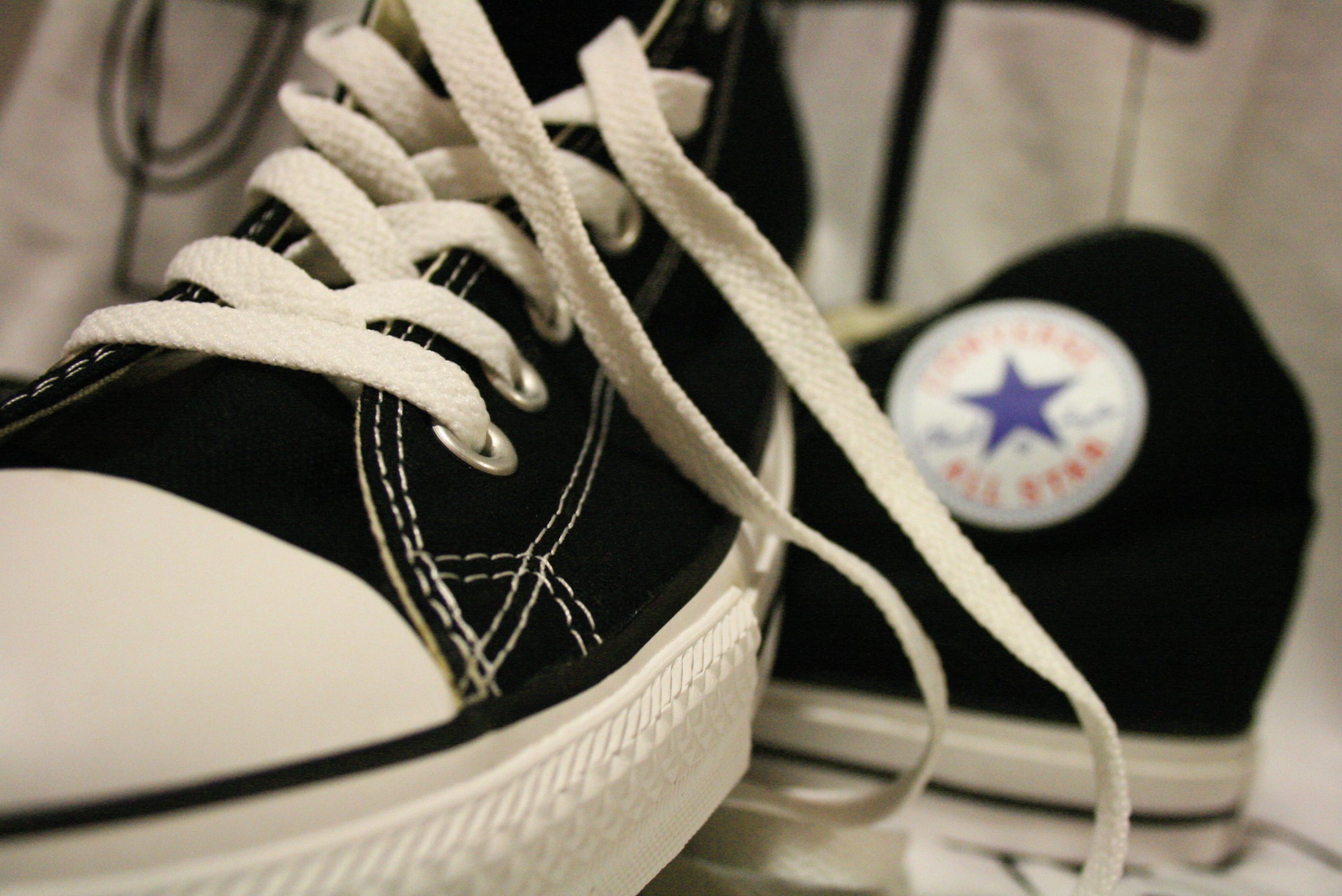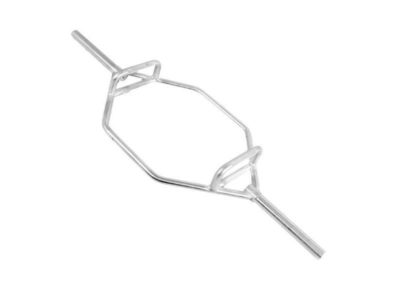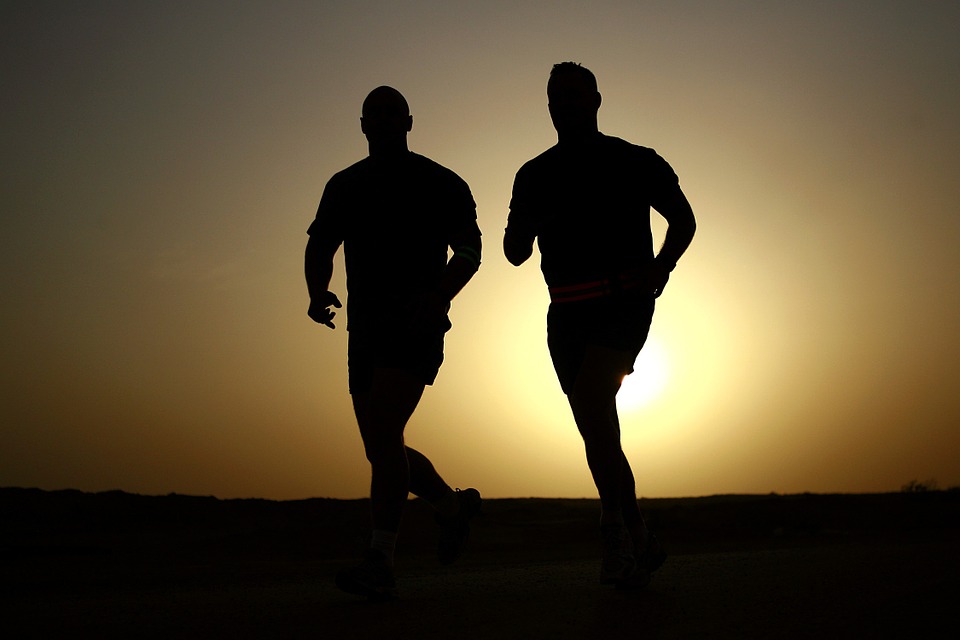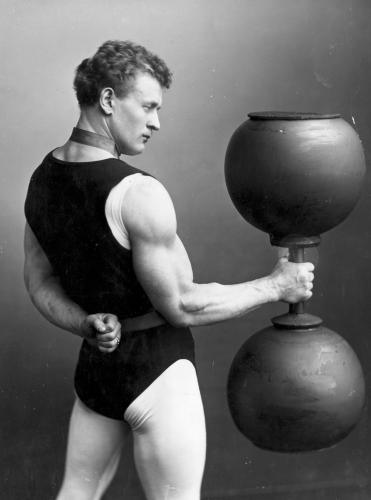Chuck Taylor Weightlifting Shoes – Lift Smart

Go into the squat rack section of any large gym and you will notice a single brand that the majority of the lifters will be wearing: Converse Chuck Taylor All Stars. These classic shoes have been a weightlifting staple for generations. I will explain why these shoes are so popular in the gym and also why some other options might be better for your weightlifting experience.
Chuck Taylor History
Converse came out with the Chuck Talyor All Starts over 100 years ago, in 1917. Since then, the shoes have had no major changes to their design. Think about that for a second. It’s nearly impossible to find a brand or logo that has not changed in the last 25 years, let alone the last 100 years. Chucks are the classic sports shoe.
Chucks were originally a high-end basketball shoe. They were prized by basketball players due to their grip and foot support. They are named after basketball player Charles Taylor, who went around the country promoting and selling the shoes.
Chuck Taylors became more widely adopted by a range of athletes in the 1940s. Professional and Olympic athletes began to wear Chucks. The shoe was easily the most popular shoe for athletes of the next few decades.
By the 1970s other shoes overtook the Chuck Taylors as the athlete’s shoe of choice. Basketball players and others moved on to shoes with more bounce in their soles. At the same time, many subcultures saw Chucks as being ‘retro’ and classically cool. Hip hop and punk rock communities both embraced the Chuck Taylor All Stars as their own. Today skateboarders and musicians can be seen wearing these shoes. They love the classic aesthetic.
One group of athletes that did not stop wearing Chuck Taylors are weightlifters. This includes bodybuilders, powerlifters and cross-fit participants. Musicians and weightlifters alike love Chucks because the shoe design has stayed the same over the last 100 years.
Why Weightlifters Love Chuck Taylors
The main reason that Chuck Taylors lost their popularity as a basketball shoe is the new technologies in modern shoes. If you look at today’s most popular basketball shoes you will see that they all have a huge sole and plenty of cushion and bounce. This is great for basketball, but is no good for doing squats or deadlifts.
Shoes with huge, soft, bouncy soles are going to make deadlifting and squatting harder and more inefficient. When you squat or deadlift, you want to be able to use your feet to push off the ground. You need a stable, flat, hard surface to push from. This kind of surface will give you the most power. A soft shoe will absorb some of your power, making your lifts weaker.
A flat sole is important for weightlifting. Many modern shoes have rounded soles. A flat sole has a clearly defined edge to the shoe. This is important because when lifting, a common practice is to flare out the feet. This was how I learned to activate certain muscles when deadlifting. I was told to think of pushing and flaring the front of my feet away from one another. If I were to do this while wearing a shoe with rounded soles, the shoe might roll leading to injury. Flat shoes do not roll.
Chucks have not been altered to make their soles softer or full of cushion. Chuck Taylors have a firm, flat sole that allows efficient transfer of power between your feet and the ground.
Before the late 2000s, Chucks were one of the only mainstream shoes to have such a flat hard sole. They were the shoe of choice for anyone who wanted a powerful deadlift or squat. Their design allowed weightlifters to plant their feet and and push through their heels. Powerlifters, weightlifters, bodybuilders and others would either use Chucks, go barefoot or use specialty weightlifting shoes.
For a lot of gym rats, Chucks were affordable and looked great outside of the gym. Because of this, they became the shoe of choice.
Should You Use Chuck Taylors For Weightlifting?
Sure. Classic Chucks are great for weightlifting. They are one of the most popular brands of shoe you will find at any gym.
Reasons to lift in Chucks:
- Cheap
- Thin soled
- Hard soled
- Flat soled
- Good grip
- Good for balance
- Look good
- Ankle support
- Can be worn outside of the gym
You definitely should NOT use sports shoes with a huge soft cushioned sole. These shoes will make your lifts less powerful and will lead to bad form.
Other Weightlifting Shoe Options
Minimal Running Shoes
Since the 2000s, barefoot-running has become a popular sport. Because of this, many shoe companies now offer shoes with thin, flat, hard soles. These are the same qualities that weightlifters looked for in their Converse shoes. Something like Vibram tow shoes would be great for the gym. Most minimal running shoes would be a good alternative to Chucks.
These minimal running shoes tend to be a bit more costly than Chucks, but I know a number of people that lift in them and love them.
Barefoot
A lot of gyms do not allow barefoot weightlifting for safety and sanitary reasons. I would not want to weightlift in socks for fear of slipping.
If your gym does allow it, barefoot squatting and deadlifting can be better than wearing shoes of any kind. When you are barefoot, there is nothing between your heels and the firm ground. Hard sole shoes are great, but they do absorb some of your power. Barefoot lifting allows all your power to push against the ground. This should lead to the most powerful lifting possible.
At the same time, shoes offer support for your ankles and can help with flexibility issues that some people see when they attempt to lift weights barefoot.
Weightlifting Shoes
Weightlifting shoes are specially designed for weightlifting. If you are a beginner weightlifter, you are not likely to notice the difference between specialized weightlifting shoes and Chucks. As your weightlifting becomes more advanced, specialized weightlifting shoes will provide a bigger advantage.
Weightlifting shoes have a few advantages that other shoes do not. Their soles are even harder than those of Chucks or minimal running shoes. Often, weightlifting shoes will have soles made from wood or hard plastic.
Another great advantage of weightlifting shoes is their raised heel. This raised heel allows for more mobility. If you have flexibility issues, look into buying a pair of weightlifting shoes. They are specially designed to help with ankle mobility.
As I’ve said, if you’ve only been lifting for a year or two, then Chucks are fine. Many gym rats use Chucks their whole lives. If you are getting into the advanced stages of weightlifting, then specialized shoes are probably a good investment. This is especially true for those who do a lot of Olympic lifts.
High Top Chucks V. Low Top Chucks For Weightlifting
I love high top Chuck Taylors. I like the way they look and I like the little bit of extra support they offer to my feet/ankles. The soles of both high and low tops are going to be the same, so this is not something you should stress over. If you want to feel a bit more secure in your shoes, get high tops. Otherwise go for whichever type is more aesthetically pleasing to you.
Avoid Chuck II and Converse Modern
In the last decade, Converse has attempted to improve on their classic Chuck Taylor All Stars. They first came out with the Chuck II and then the Converse Modern. These shoes attempt to follow the look and aesthetic of classic Chucks, but also provide a thicker, cushioned sole. This is exactly what you do not want in a weightlifting shoe.
Because of the changes to the soles of the shoes, you should avoid Chuck II and Converse Modern shoes for weightlifting. Stick to the classic original Chucks.



